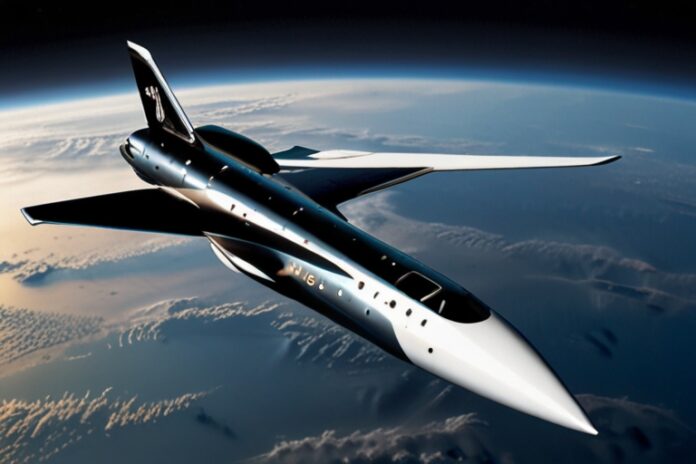Virgin Galactic organize for the preparation for the next VSS Unity flight. As always, it has to be equipped with a new single-use hybrid rocket engine such as the Aerojet Rocketdyne’s XCOR HL-ER-2. Then, there are some specific ground tests and with the aircraft carrier, the VMS Eve while other teams will be engaged in the cabin.
For its next parabolic flight, which will be even higher than the 50 miles (80 kilometers) – the ultimate frontier for an American space tourist, at least – the VSS Unity will host a “research astronaut” who will conduct two or three scientific experiments for Axiom Space, and three more traditional spacetourists willing to leap in front of the black void and the Earth’s curve.
Concerning this magnificent suborbital flight which will be the twelfth flight of the rocket plane Virgin Galactic, 30 passengers will be traveling. It is a lot, because, prior to 2021, space tourism was suborbital, and passengers would go into orbit before such micro-adventures on the edge of outer space; yet, at the same time, it is not much because Virgin Galactic claims to have more than 700 customers on its waiting list.
This two decisions sounds positively but there remain some issues with the Unity VSS as illustrated by the following.
The majority of everyday’s customers will just have to wait, and wait little for longer. Secondly, the subsequent flights of the VSS Unity will not be made as more than that will not be planned. We obtained information about this last year and the decision was made with an emphasis on the economical aspect. Unity was built in 2014 and 2015, whilst Virgin Galactic was testing flights using a prior version, the VSS Enterprise, which experienced a hard landing and a serious crack up in October 2014.
They managed to restore this program over several years and enhance more safety in flights (but the spaceplane is fully controlled and it has no command das option for emergency ejection). In 2018 it pulled off the first real suborbital parabola over the 80klm mark which was the main objective of the Virgin Galactic. The one being planned for release on June 8 will be the twelfth, although only nine have been conducted with passengers.
VSS Unity has also been taken through some minor modification campaigns to enable her to fly more often. As mentioned in this article, these campaigns are launched once per month, however, the device was running only such a frequency between April and November 2023, as stated by Virgin Galactic. This was, however, a real entry into commercial service – the plane was really alive! An underlying problem remains: Even when Unity is flying high, it is costly to a company that is bleeding financially most especially when it is facing hard cor.
This is a strong message designed to help people stop stealing so that they can prevent the further destruction of furniture.
If Virgin Galactic is currently thinking of phasing out the use of its star spaceplane, there is probably some truth to the fact that the company that operates from California is probably flying it at a loss. Costs have remained high and do not exceed a few million dollars from parabolic flights, while for every quarter the whole group loses between $110-$200 million. Evil as this is, this is nothing but an extension of a functional state that has endured for twenty years.
Of course, since late 2019, Virgin Galactic joined the ranks of normal companies and has to release its accounts. Those responsible opted at the time of introduction as now to remain inactive behind a curtain of massive amount of future flights with the next aircraft. In fact, the business model consisted of using the VSS Unity and its successor, the VSS Imagine, for several years to operate an increasing number of flights: Then with the frequency of once every several months, it is necessary for the company to make more than once a week to be able to reach the break-even point. The papers provided to the investors revealed that it anticipated having 66 passengers in 2020, 649 in 2021, and even over 1,518 passengers in 2023.















